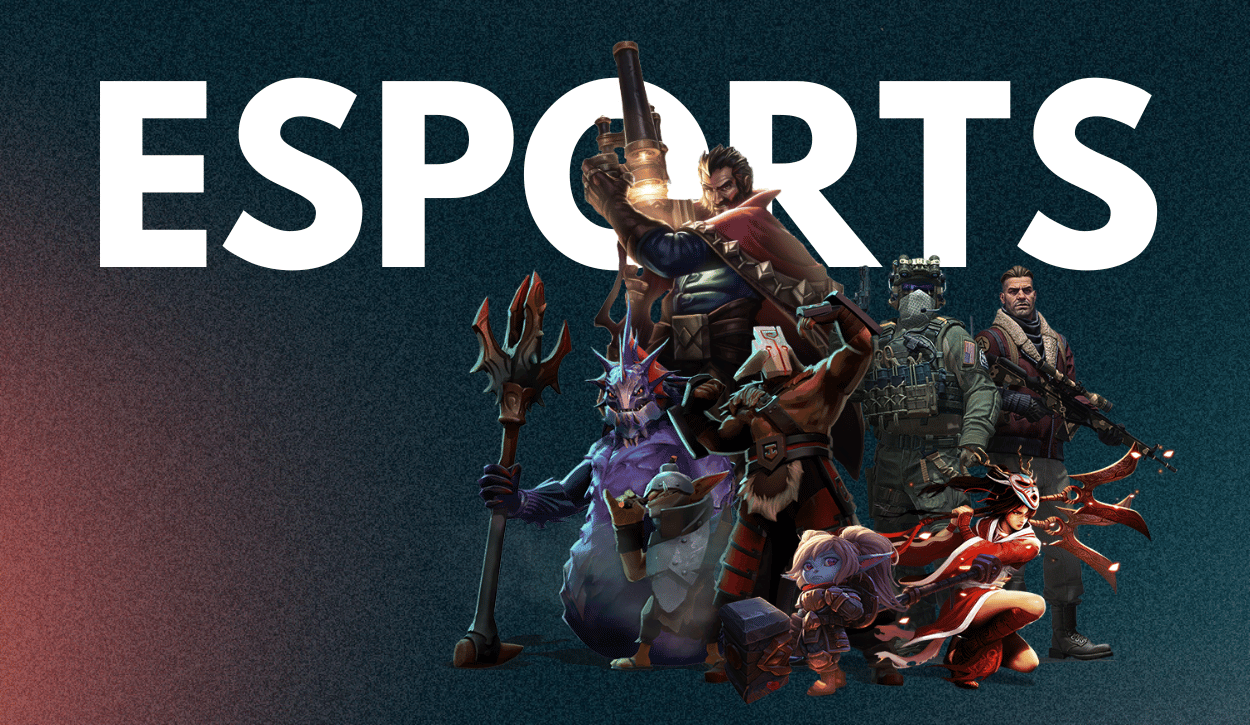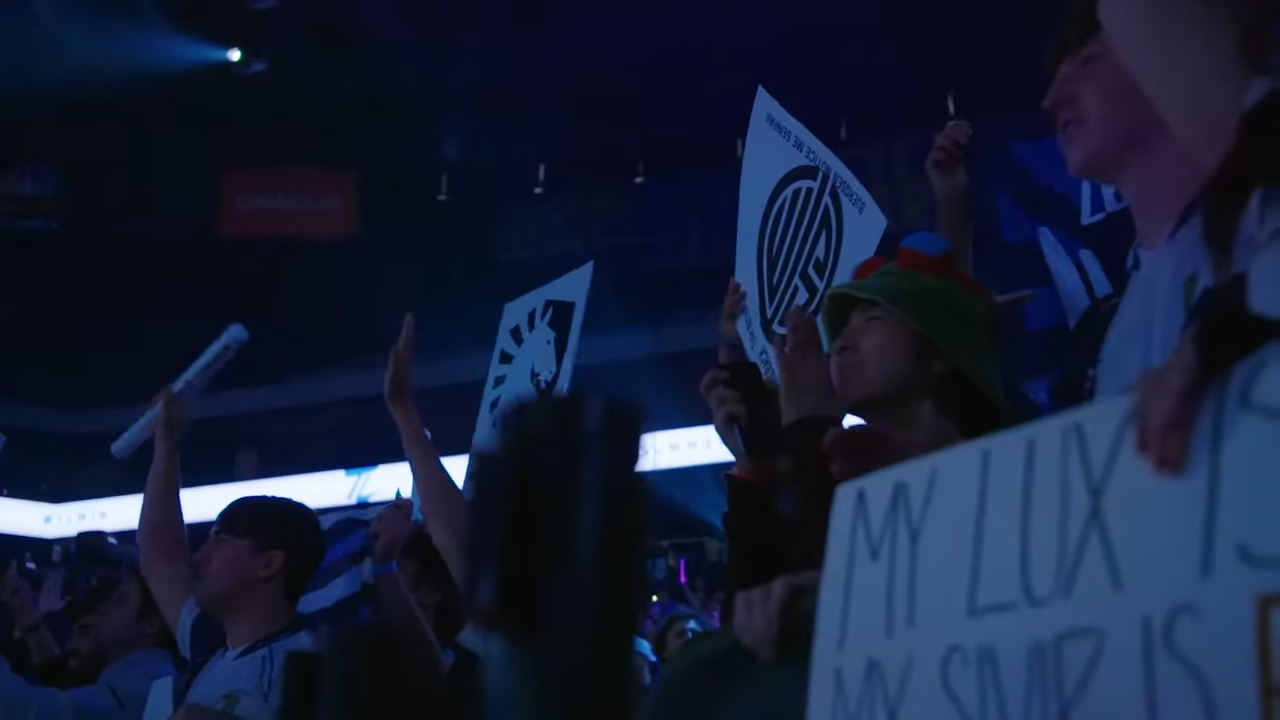The Rise of Competitive Gaming: From Couches to Championships
Tracing the Epic Journey of Esports from Niche Hobby to Global Sensation

The world of competitive gaming, also known as esports, has experienced a remarkable rise in popularity over the past decade. Previously, a niche hobby has now become a global phenomenon. Millions of fans tune in to watch professional gamers compete in tournaments for huge cash prizes. This article explores the journey of competitive gaming, from its humble beginnings on couches to the grand stages of international championships.
The Early Days of Competitive Gaming
Local LAN Parties
The early days of competitive gaming can be traced back to the late 1970s and early 1980s. At the time, video games were still in their infancy, and the concept of competitive gaming was yet to be realized. However, a small group of passionate gamers was already beginning to explore the boundaries of the hobby. One of the most popular ways of doing this was through local LAN (Local Area Network) parties. As the popularity of these LAN parties grew, some groups of gamers began to organize small-scale tournaments within their local communities.
Emergence of Online Gaming
As the internet began to be adopted by more and more people, online gaming quickly emerged as a major form of competitive gaming. The introduction of online multiplayer games, such as Quake and Counter-Strike, allowed players from different locations to compete against each other. This spurred the growth of competitive gaming, as players no longer needed to be in the same physical location to battle it out. With the rise of the internet, gaming platforms such as Twitch, Battle.net, and Electronic Sports League (ESL) began to host tournaments and leagues for competitive gamers. These online tournaments provided an opportunity for gamers to compete with others from around the world, as well as providing a platform for the growth of the competitive gaming industry.
The Birth of Esports
The emergence of online gaming and tournaments led to the birth of esports. Professional gaming organizations were established, with teams formed of dedicated players and coaches. Sponsorship deals and salaries for players soon followed, allowing professional gamers to make a living from competitive gaming. This professionalization of the industry led to the formation of leagues and tournaments with large cash prizes, further increasing the popularity of competitive gaming. This in turn led to the founding of the International e-Sports Federation (IeSF) in 2008, which aimed to promote and regulate esports on a global level.

Since then, the esports industry has continued to grow exponentially. Professional gaming organizations have become more established, with teams consisting of top-tier players and coaches from all around the world. Sponsorship deals and salaries for players have grown substantially, allowing professional gamers to make a living from competitive gaming. This has made esports much more attractive to a wide range of audiences, from casual gamers to hardcore fans.
The esports industry has proliferated. Professional gaming organizations have become more established, with teams consisting of top-tier players and coaches from around the world. Sponsorship deals and player salaries have also increased significantly, allowing professional gamers to make a living from competitive gaming. As a result, esports has become more appealing to a wide range of audiences.
In 2020, there were over 350 million esports viewers worldwide, indicating a growing interest in competitive gaming. With more and more people tuning into esports events, it is clear that competitive gaming is here to stay.
Professional Organizations and Teams
This growth in esports has been accompanied by an increase in gaming leagues, tournaments, and events. Major esports organizations, such as the Electronic Sports League (ESL) and GameChampions, have become established, hosting tournaments with large cash prizes. These events bring together some of the best players and teams from around the world, allowing them to compete for the title of global champion. Additionally, some gaming leagues have been established at a local or regional level, allowing amateur and semi-professional gamers to compete in tournaments for smaller prizes.
The growth of competitive gaming has been exponential, with more people than ever tuning in to watch esports events. It is clear that esports is here to stay, and it is only going to continue to grow in the years to come.
Major Tournaments and Leagues
The popularity of esports has also given rise to large-scale gaming leagues and tournaments. These events have become a major attraction for spectators and players alike, with some tournaments offering prize pools of millions of dollars. Johan Sudstein, popularly known as Notail, is the highest-earning player in Dota 2, amassing an incredible sum of $7,184,163.05 from his successful career in competitive esports.

The Mainstream Breakthrough
Streaming Platforms and Content Creation
The introduction of platforms like Twitch and YouTube Gaming has revolutionized the gaming industry. These platforms have provided a space for gamers to not only play their favorite games but also stream their gameplay live to an audience. This has opened up new opportunities for gamers to showcase their skills, interact with viewers, and build a community around their content.
With the rise of streaming, gamers have now become content creators themselves. They not only stream their gameplay but also create other types of content such as tutorials, reviews, and entertaining videos related to the gaming world. This has allowed gamers to express their creativity and passion for gaming in unique ways, attracting a diverse range of viewers.

The most watched esports on twitch according to Newzoo
Furthermore, platforms like Twitch and YouTube Gaming have enabled gamers to monetize their content through various means such as sponsorships, ad revenue, and viewer donations. This has turned gaming into a legitimate career option for many talented individuals, giving them the opportunity to earn a living doing what they love.
Sponsorship and Investment
The emergence of competitive gaming has also attracted the attention of major brands and companies. These organizations have started to sponsor esports teams and events, providing them with the resources and support to reach new heights. Additionally, traditional sports organizations and celebrities have also begun to invest in esports, recognizing it as a legitimate industry. The growing support from these organizations has further legitimized esports and given it an even bigger platform.
From couches to championships, gaming has come a long way and the future looks even brighter. Competitive gaming has attracted major brands and companies that sponsor esports teams and events. This support has helped esports reach new heights and gain recognition as a legitimate industry. According to Whalen Rozelle, Director of esports at Riot Games, which developed League of Legends, “In the beginning we used to have to explain what esports was and now we have sponsors and brands coming directly to us" (source). The future looks even brighter, as more organizations get involved and the industry continues to grow. It’s safe to say that competitive gaming will thrive for many years to come.
The Grand Championships
The International Dota 2 tournament is an event that holds the prestigious title of having the largest prize pool in the history of esports. This tournament brings together teams from all around the world, representing different regions and showcasing their skills and strategies in the game. The ultimate goal for these teams is to win the Aegis of Champions, a coveted trophy that symbolizes their triumph in the tournament.

The International Dota 2 tournament also garners massive viewership and global recognition. Millions of fans tune in to watch the matches, either through live streams or by attending the event in person. This large viewership not only highlights the popularity of the game but also emphasizes the significance of the tournament in the esports industry.
Similarly, the League of Legends World Championship is an annual tournament that attracts millions of viewers from around the globe. This grand event brings together top teams from different regions, who have battled their way through intense competition and emerged as the best in their respective regions.
The League of Legends World Championship showcases spectacular performances from the participating teams. The players demonstrate their exceptional skills, executing strategic moves, and displaying their mastery over the game. The tournament is not only a battle of skills but also a test of endurance and mental fortitude, as the teams face immense pressure to perform at their best.
The competition in both The International Dota 2 tournament and the League of Legends World Championship is fierce. Each team brings their unique playstyle, innovative strategies, and exceptional teamwork to the table, making every match an exhilarating experience for both the players and the viewers. The intense battles, nail-biting moments, and unexpected turnarounds keep the audience on the edge of their seats throughout the tournament.
Conclusion
Competitive gaming has come a long way, evolving from casual LAN parties to professional leagues and international championships. With its growing fanbase, lucrative sponsorships, and massive prize pools, esports has firmly established itself as a legitimate and exciting form of entertainment. As technology continues to advance and the audience expands, the future of competitive gaming looks brighter than ever.





